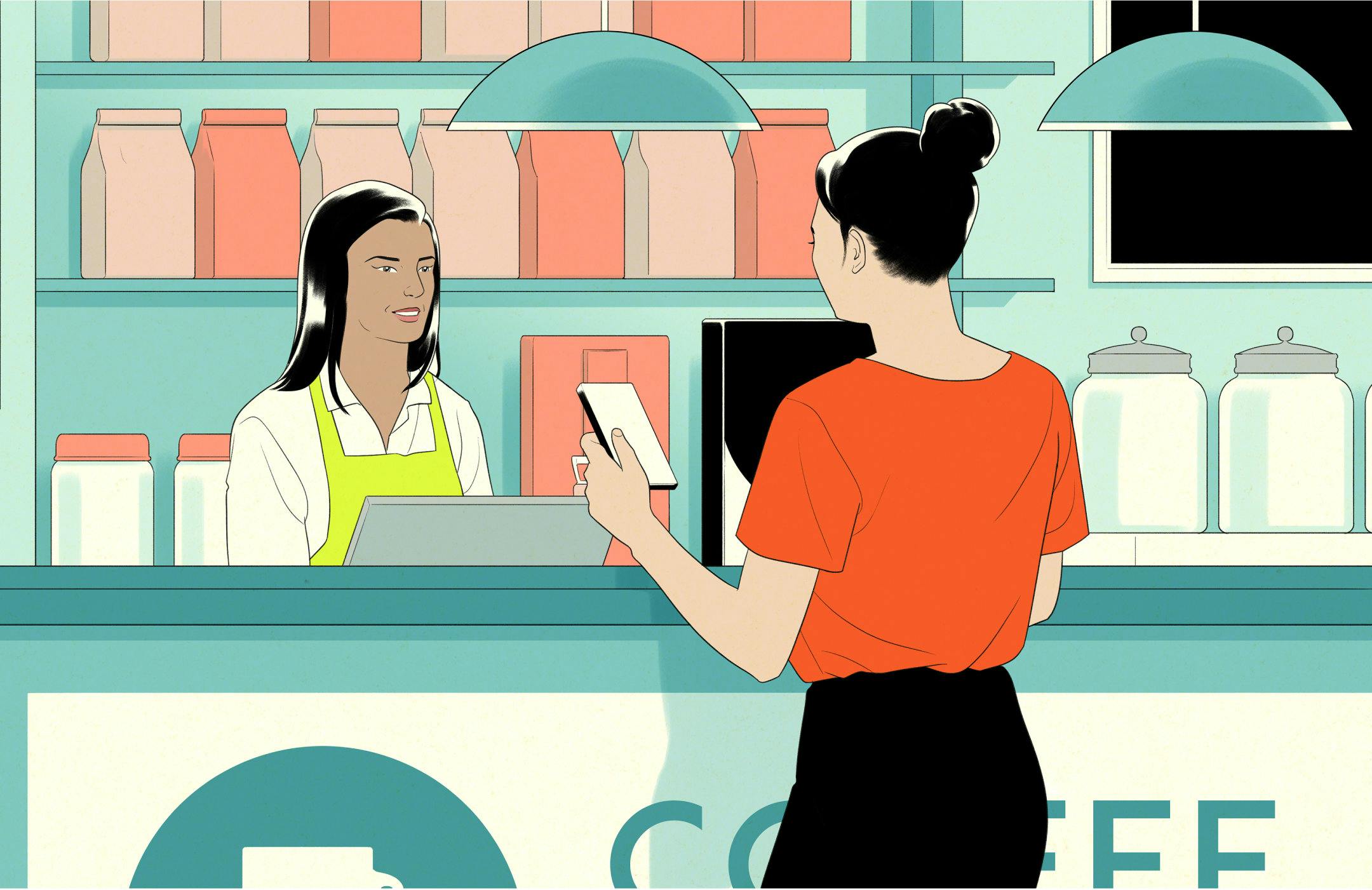It’s beginning to look a lot like shopping season! In the past few weeks, consumers have been using Black Friday and Cyber Monday deals to get a head start on their holiday purchases. Unfortunately, during this high sale period brands often run into the obstacle of one-time buyers.
If nurtured correctly, these shoppers will make repeat purchases and eventually become loyal customers, a subsection of consumers highly valuable to a company. To build that relationship, you must have a connection with customers that goes deeper than the sale. But it’s exceedingly difficult to build that type of rapport without truly understanding your customers and knowing what motivates them. Below are some of the key steps you can follow to make sure your customer data is being used to its fullest potential and incentivize your patrons to become repeat buyers.
1. Organize your data and accurately identify one-time buyers
Any customer problem is easier to solve if you begin with a solid foundation of reliable data. Messy data can be tricky, sometimes impossible, to organize — a Customer Data Platform (CDP) is a great tool to gather and make sense of previously siloed data. The next step is identifying your one-time buyers. To accurately diagnose one-time buyers, companies should examine all points of sale, online and in-store, rather than focusing only on single-channel purchase patterns. A holistic view of engagement is necessary to correctly identify and diagnose one-time buyers.
2. Diagnose, evaluate, and prioritize opportunities
With a sturdy data foundation, you can now collect customer profiles and begin to craft strategies to bring your one-and-done shoppers back for more. Begin by studying KPIs like churn rate and early repeat rate, then evaluate potential, incremental revenue based on historical trends and calculate the average time to second purchase by category of the product purchased. The latter may be useful in creating more complex one-time buyer journeys that include cross-selling or category-specific messaging.
3. Build an insights-driven program
To design a thriving program and reach quick wins, you need to know the answer to questions like: Are your customers predicted to be high value based on their average order value? What category have they purchased? What is the time to second purchase for these customers? Use this knowledge to fuel your one-time buyer program, then identify common customer trends and patterns and fine-tune your solution strategy accordingly.
Here are some valuable insights that can determine how to encourage incremental purchases in the one-time buyers:
The average time a customer takes to make a second purchase: this is usually within the first 30 days after the initial purchases, but other seasonal brands may experience larger ranges.
Most popular categories/products among 2x purchasers: this is an highly valuable insight that identifies which categories and products are driving your early return rate.
Identify your most valuable one-time customers based on predictive models or historical spending: use predictive models or historical spend data to understand which of your one-time customers have the propensity to become high-value brand loyalists.
Pinpoint the price and discount sensitivity of your one-time buyers: instead of extending the same offer to all one-time buyers, tailor your approach. For example, only offer an attractive comeback promotion to discount seekers who are more likely to respond.
4. Launch, track early results, and personalize
Effective marketing programs start small and get more complex after measuring initial results. Email and digital channels are a quick way to test out your one-time buyer program, making them a great place to start. The best tactic is to take small steps such as simple segmentation, then add in iterations like personalization, offers, and channels once you see success. With that information, you can pinpoint the optimal strategy and isolate the incremental impact of each step.
5. Optimize and scale
As you personalize your program to each customer type, the next step is to pivot to a multi-channel approach and fold digital touchpoints and direct mail where they drive incremental revenue. Then address underlying trends that drive one-and-done behavior, for example, poor product quality, or suboptimal customer experiences (after-sale surveys, user reviews, and customer service calls are ideal places to gather feedback). Finally, focus your dollars on the marketing tactics that work and start building winning campaigns.
Keep them coming back for more
One-time buyers don’t have to be a source of frustration. With some organization and tweaks to strategy, companies can turn one-and-done buyers into brand loyalists. The way to keep customers returning is to make every interaction with them memorable and to make sure they receive personalized offers specific to them and their interests. Of course, none of this is possible without a rock-solid foundation of reliable customer data — the right CDP will swiftly organize siloed data and identify your best customers.
Interested in learning more about what a CDP might look like in action? Check out our guide to using customer data across the enterprise.
